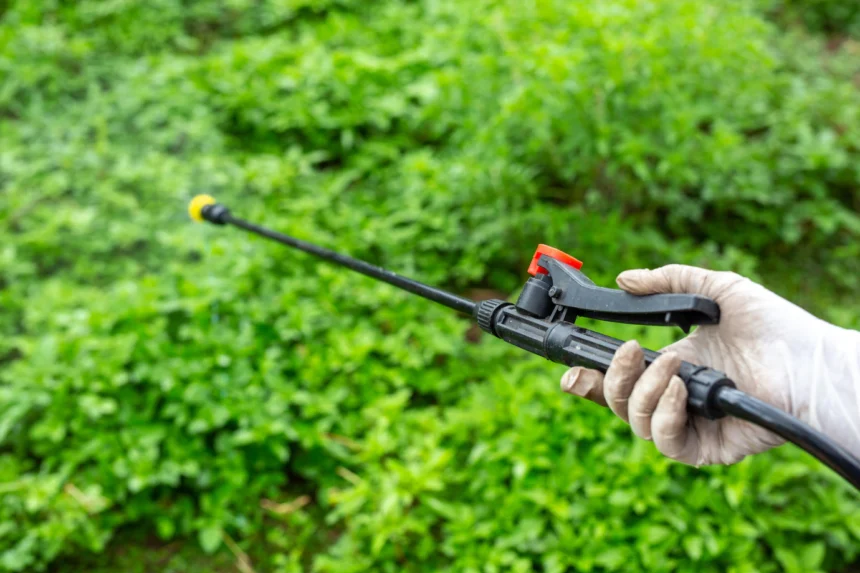Implementing Integrated Pest Management (IPM) on your farm in South Africa involves adopting a holistic approach to pest control that minimizes reliance on chemical pesticides and focuses on sustainable and environmentally friendly practices. Here are some steps to help you implement IPM on your farm:
- Identify and monitor pests: Regularly inspect your crops to identify and monitor pest populations. Keep records of pest presence, intensity, and distribution patterns. This will help you understand the dynamics of pest populations and make informed decisions.
- Set action thresholds: Determine the pest population levels at which action needs to be taken. These thresholds will vary depending on the crop and pest species. By setting action thresholds, you can avoid unnecessary pesticide applications and minimize crop damage.
- Cultural control practices: Implement cultural practices that discourage pest development and promote a healthy ecosystem. These practices may include crop rotation, intercropping, trap cropping, proper irrigation and drainage, and sanitation measures such as removing crop residues and weeds.
- Biological control: Encourage natural enemies of pests to control their populations. This can be done by introducing beneficial insects, such as predatory mites or parasitic wasps, or by providing habitat for natural enemies, such as flowering plants for beneficial insects. Avoid using broad-spectrum pesticides that harm beneficial organisms.
- Mechanical and physical control: Use physical barriers, such as nets or screens, to exclude pests from your crops. Employ mechanical methods like handpicking or trapping to physically remove pests. This can be effective for certain pests, especially in smaller-scale farming operations.
- Use of pesticides as a last resort: If pest populations exceed the action thresholds and non-chemical methods are insufficient, consider using pesticides. However, select pesticides that are target-specific, have minimal impact on beneficial organisms and the environment, and follow the recommended dosage and application guidelines. Always prioritize low-toxicity options and apply them judiciously.
- Record-keeping and evaluation: Maintain detailed records of pest management activities, including pest observations, interventions used, and their effectiveness. This information will help you evaluate the success of your IPM program and make improvements over time.
- Continuous learning and adaptation: Stay informed about the latest research and developments in IPM practices. Attend workshops, training programs, and engage with agricultural extension services and fellow farmers to exchange knowledge and experiences. Be open to adapting your IPM strategies based on new information and feedback.
Remember, implementing IPM is an ongoing process that requires active observation, flexibility, and a deep understanding of your farm’s ecosystem. It may take time to refine your practices, but the long-term benefits of reduced pesticide use, increased sustainability, and improved environmental health make it worthwhile.







